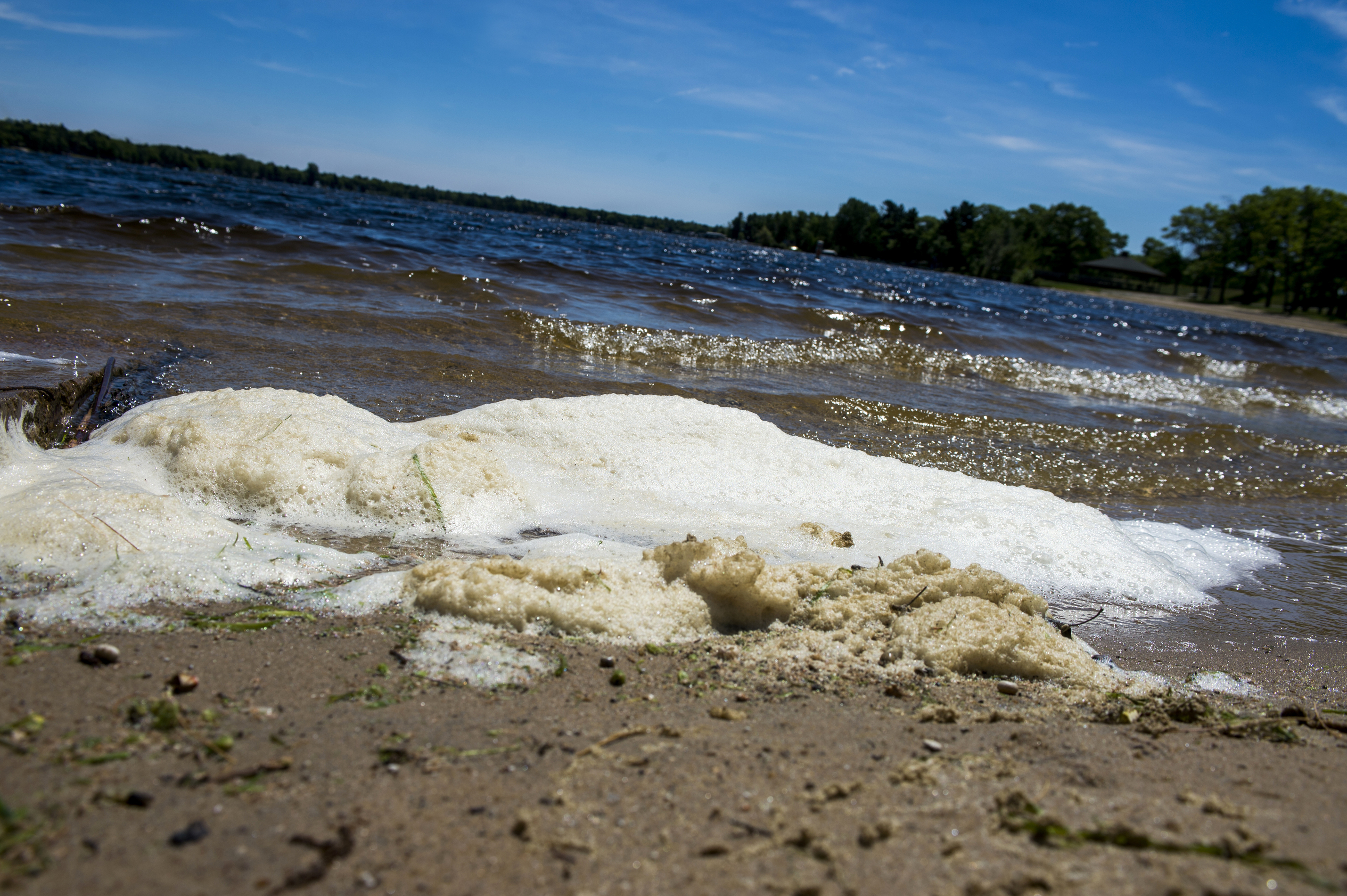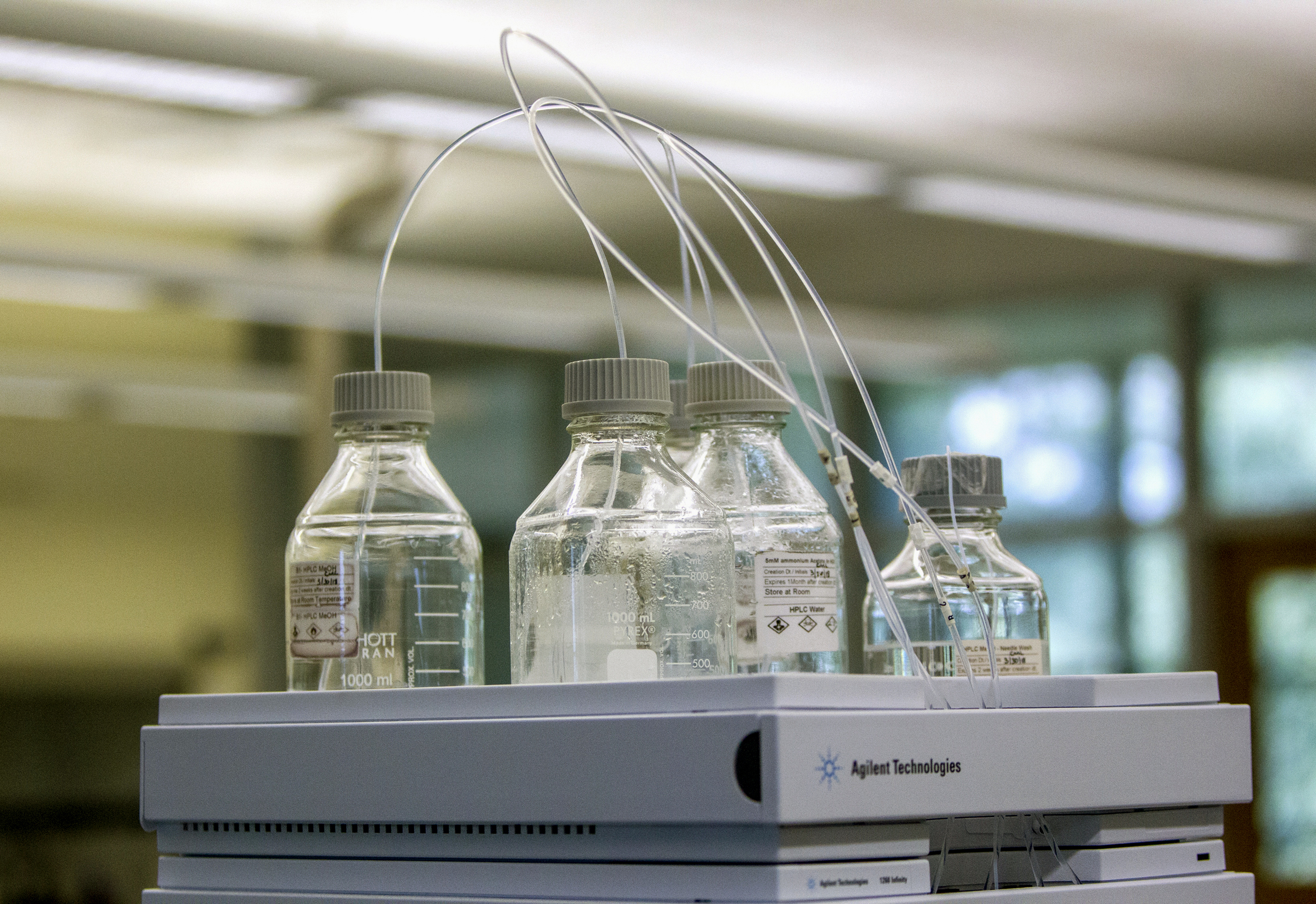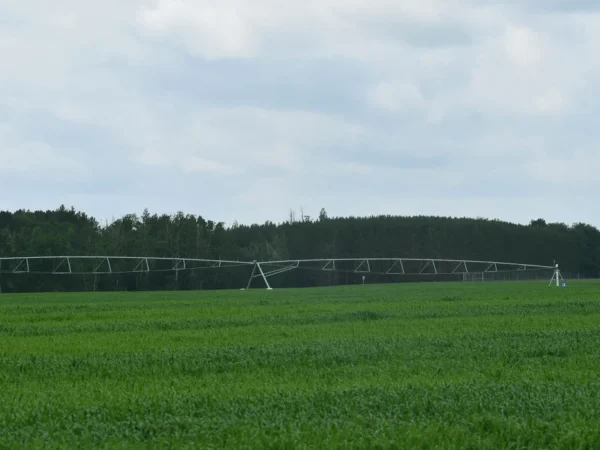
MADISON, Wis. (AP) — Wisconsin must prevent pollution from forever chemicals known as PFAS while developing ways to reduce the chemicals’ use, according to a 25-point action plan released Wednesday by Gov. Tony Evers’ administration after a year of study.
Nearly 20 state agencies, along with the University of Wisconsin, worked on the report to tackle the growing pollution and public concern around PFAS, which is shorthand for perfluoroalkyl and polyfluoroalkyl substances. They have been linked to cancer, liver disease and reproductive health problems.
PFAS don’t easily break down in the environment and have been used for decades in a range of products, including firefighting foam and stain-resistant sprays. They have been detected in humans, wildlife, fish and in the groundwater, surface water, soil and air. They have also been found in more than 40 rural and urban areas across the state, including in Marinette, Superior, Madison and Milwaukee.
Evers issued an executive order in 2019 calling on the state Department of Natural Resources to take the lead in coming up with a plan to address the environmental and public health risks posed by PFAS contamination. The DNR is also developing standards for two of the most studied compounds — PFOS and PFOA — in ground, surface and drinking water.

In this June 18, 2018, file photo, equipment used to test for perfluoroalkyl and polyfluoroalkyl substances, known collectively as PFAS, in drinking water is seen at Trident Laboratories in Holland, Mich. (Cory Morse/The Grand Rapids Press via AP, File)
“We look forward to continuing to work with other state agencies, the university system and Wisconsin communities to put forth and implement solutions that will protect the public and support our businesses,” said DNR Secretary Preston Cole in a statement.
The report does not outline the projected cost of implementing the recommendations, about a third of which would require approval by the Republican-controlled Legislature, said Darsi Foss, chair of the group that wrote the report and administrator of the DNR’s Environmental Management Division. She said it’s up to policymakers to decide what they want to pursue.
“If they give us a footprint of what they’re desiring … we’re ready to say this is what we can get for that amount of money,” Foss said. “People can pick and choose based on what they feel is their priorities. We’re willing to work with everybody and anybody on moving these.”
The report, which also included input from the public and an advisory group, outlines 25 action items centered on environmental justice, health equity and pollution prevention. It calls for:
— Establishing science-based PFAS standards for soil, groundwater and other environments.
— Reducing the use of PFAS through better education, new laws and grants.
— Identifying PFAS discharge locations, facilitating more timely collection of samples and developing sampling protocols for public water systems.
— Partnering with the firefighting community to minimize the use of foam containing PFAS chemicals.
— Engaging more with the public and including environmental justice and health equity in public management efforts.
— Developing new ways to identify PFAS contamination and streamlining ways to deliver safe drinking water to communities affected by PFAS pollution.
— Supporting veterans, their families and those who live near military sites who may have a higher risk of exposure to PFAS.
Evers said in a statement that he looks forward to examining the plan, which he said will be a blueprint for tackling the environmental and public health concerns posed by PFAS.
Catch up on more PFAS news on Great Lakes Now:
Citizen Excellence: Sandy Wynn-Stelt receives EPA award for efforts to combat PFAS
Indiana universities receive grants to study PFAS impact on water quality
PFAS News Roundup: PFOS in fish, Wisconsin standards in dispute, lacking regulations in Canada
PFAS Progress: Michigan continues legislative push for more action against PFAS
API key not valid. Please pass a valid API key.Featured image: In this June 6, 2018, file photo, PFAS foam washes up on the shoreline of Van Etten Lake in Oscoda Township, Mich., near Wurtsmith Air Force Base. Twenty state agencies, along with the University of Wisconsin, worked on an action plan released Wednesday, Dec. 16, 2020, by Wisconsin Gov. Tony Evers’ administration after more than a year of study of forever chemicals known as PFAS. (Jake May/The Flint Journal via AP, File)




